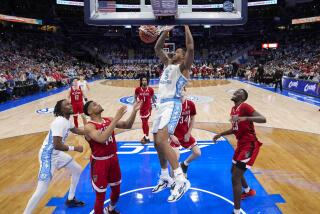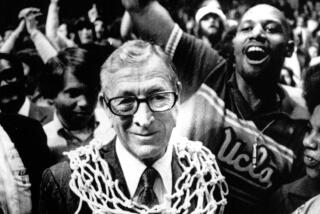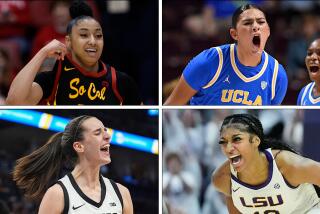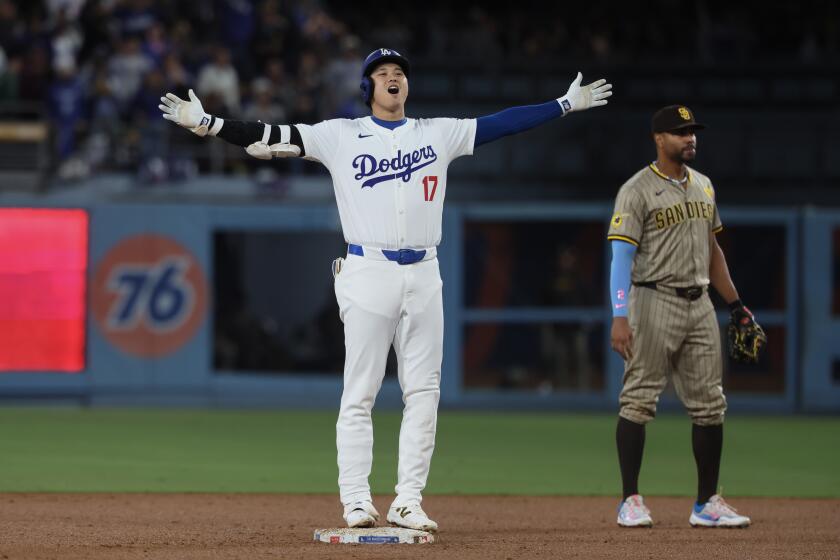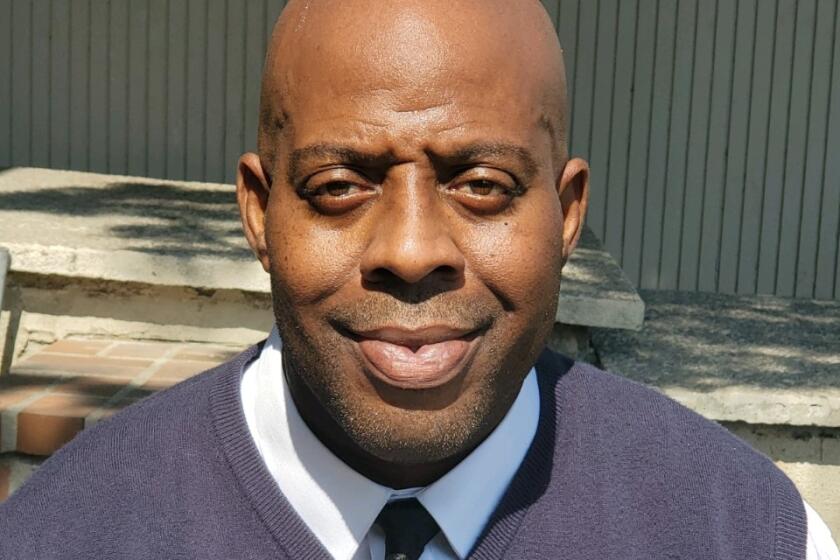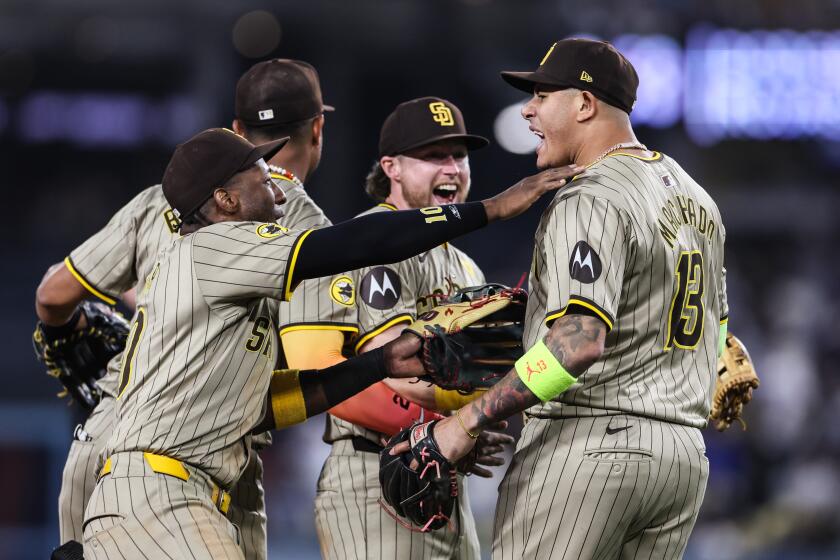NCAA tournament is more wide open than ever
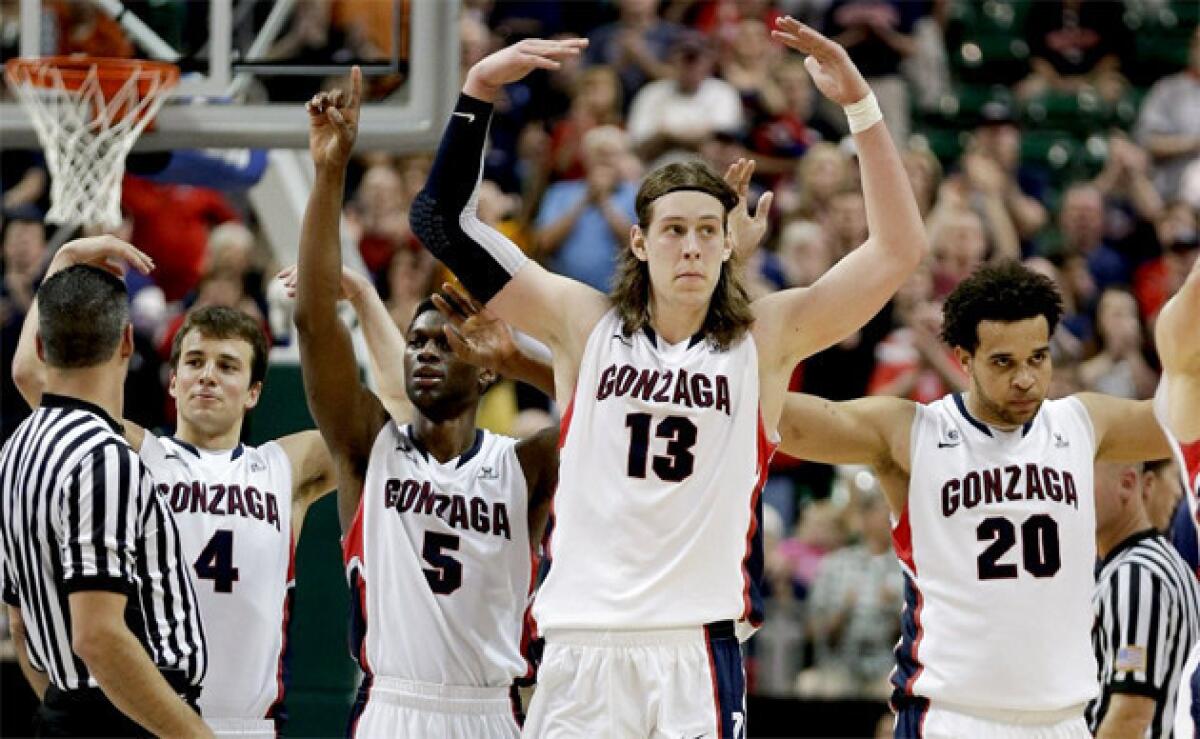
It takes only one word to describe the extra touch of lunacy in this year’s March Madness.
That word is: Gonzaga.
With the NCAA men’s basketball tournament set to begin this week, the small Jesuit university is the nation’s No. 1-ranked team, ahead of traditional powerhouses Duke, Indiana and Kansas. The Bulldogs’ lofty status epitomizes a season that has produced no clear-cut favorites.
A dozen or more teams have a solid chance to win the championship. Lesser names such as St. Louis and Virginia Commonwealth rank as legitimate dark horses.
That could mean plenty of upsets and buzzer-beaters over the next three weeks, which is great for fans, but not everyone is thrilled.
People in and around college basketball fear the game is deteriorating. They see a decline in scoring and too many star players turning professional after one season in school. The talent becomes diluted, dragging top programs down to the level of lesser rivals.
“Is it mediocrity or is it parity?” asked Seth Greenberg, a former coach who guided teams from Long Beach State and Virginia Tech to the tournament. “I don’t know.”
College coaches grumble that their sport is sinking under the weight of the “one-and-done” phenomenon.
In 2006, the NBA set a minimum age for its draft, declaring that players must be at least 19 and one year removed from high school. Young athletes can no longer attempt to follow Kobe Bryant, LeBron James and others who jumped directly from the preps to the pros.
That leaves only a few choices. Teenage stars can venture far from home to play professionally in Europe, or spend a season in the hinterland of the NBA Development League.
Most choose to use the NCAA as a brief stopover. College programs get them for one year, then must restock the following season, a revolving-door process that does not lend itself to building stable rosters.
At UCLA, the Bruins won this season’s Pac-12 Conference regular-season title with a core of freshmen but will probably lose their best player, freshman Shabazz Muhammad, to the NBA draft in June. Classmate Kyle Anderson might leave too.
“It benefits the NBA, not us,” Coach Ben Howland said. “Let’s support the college game by saying you have to stay for two or three years.”
Sometimes one-and-done can work for a major program. Last season, Kentucky recruited the right mix of freshmen, stayed healthy and rolled to a national championship.
But Coach John Calipari, who has no qualms about signing one-and-done players, understands the fragility of this strategy. This season, his new group of youngsters struggled with injuries and lost three of its last four games and was left out of the NCAA tournament.
“I’ve talked enough about how I can’t stand this one-and-done stuff,” Calipari said in the fall. “But it is what it is.”
If anything, the dynamic has benefited so-called “mid-majors,” smaller schools with solid programs. Unable to attract top recruits, they sign lesser but still talented prospects who stick together for three or four years.
In 2011, a Cinderella team from Butler reached the championship game and last season two 15th-seeded teams upset second-seeded opponents in the first round — that had occurred only four times since the NCAA tournament expanded to 64 teams in 1985.
Now, Gonzaga enters as a favorite, a big change from years spent as a dark horse, scoring the occasional upset and sneaking into a 1999 regional final.
The Bulldogs are led by center Kelly Olynyk, who prolonged his college career by redshirting as a junior, spending that time to hone his skills. Similarly, No. 16 St. Louis and No. 23 Creighton will enter the tournament with a core of upperclassmen.
“They’ve got older guys who have been around and they have depth,” Howland said. “That makes a big difference.”
There might be another reason for increasing parity in college basketball: The players change teams with unusual frequency.
More than 10% of Division I players transfer each year, according to NCAA statistics. That’s double the rate for football and triple the rate for baseball. Often, freshmen at powerhouse schools grow disenchanted with a lack of playing time and leave for smaller programs where they can start as soon as they become eligible.
Nevada Las Vegas has a record of 25-9 with the help of three prominent transfers, including Mike Moser from UCLA and Bryce Dejean-Jones from USC.
The mid-majors “have taken a lot of guys who did not want to wait,” said Tim Floyd, the former USC coach now at Texas El Paso. “That has evened the playing field.”
Floyd blames the one-and-done mentality, saying that players who don’t excel as freshmen or position themselves to leave school early feel like failures. Others believe that kids become accustomed to switching from one club team to another in youth basketball.
Not that everyone bemoans the resulting wide-open field. March Madness has brought a different vibe to betting in Las Vegas, where wagers have poured in on the likes of Miami and St. Louis.
“You could argue that 20 teams could win this thing,” said Ed Salmons, oddsmaker for the SuperBook at the Las Vegas Hotel & Casino. “People have been betting everybody … all kinds of teams.”
But some fans miss rooting for players they can recall from the previous season. And concerns about quality of play persist.
Scoring has declined steadily over the last six seasons. At the midway point of this season, Division I teams were averaging 67.7 points, the lowest offensive output in more than 25 years.
“I think it’s been a mess for a lot of college programs,” Floyd said. “It’s been difficult for them to navigate.”
Greenberg is less worried. The ESPN analyst talks about improved scouting and better defense, factors that contribute to lower final scores but also closer games. He does not believe that college basketball is a shambles.
With traditional favorites such as Louisville and Michigan State now threatened by the likes of Wichita State and Valparaiso, the next few weeks could generate a lot of excitement.
“It’s such a fine line between winning and losing,” Greenberg said. “That only enhances what college basketball is all about — the unpredictability.”
Twitter: @LATimesWharton
More to Read
Go beyond the scoreboard
Get the latest on L.A.'s teams in the daily Sports Report newsletter.
You may occasionally receive promotional content from the Los Angeles Times.
